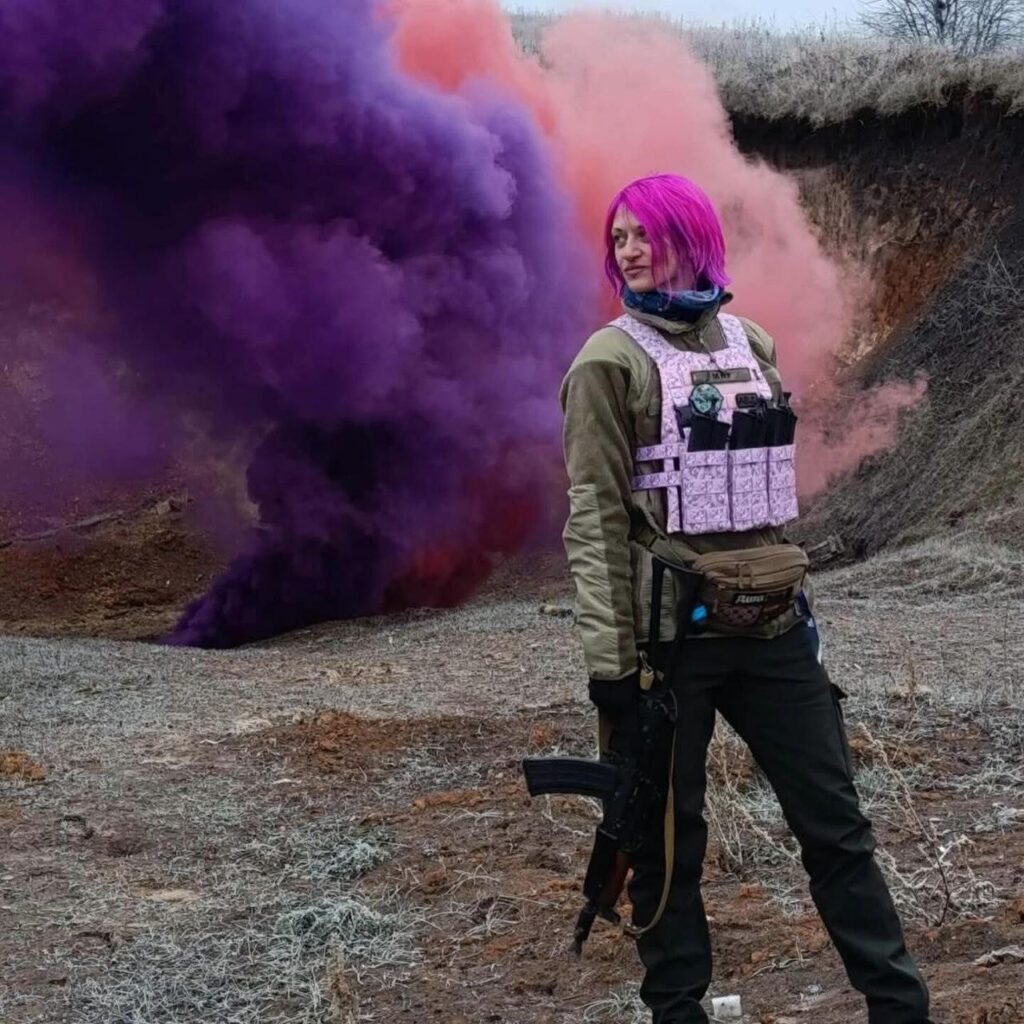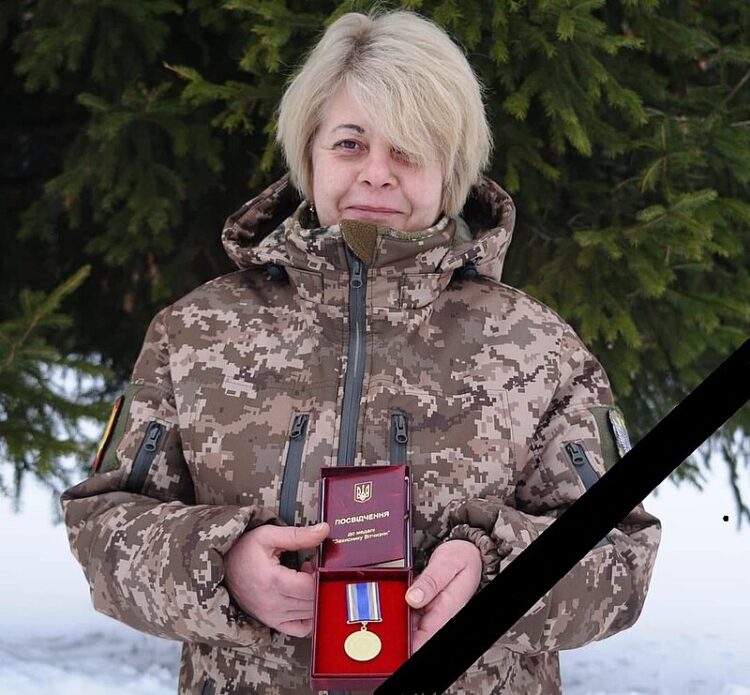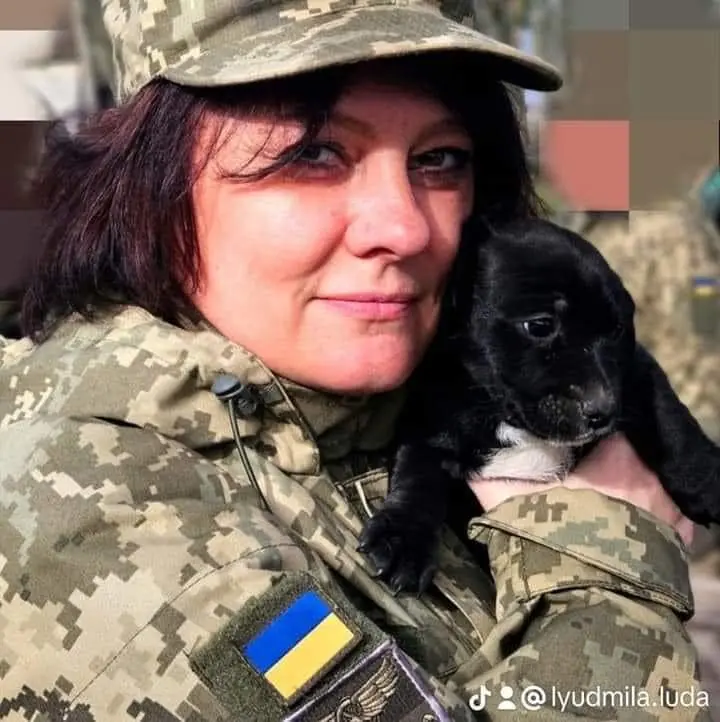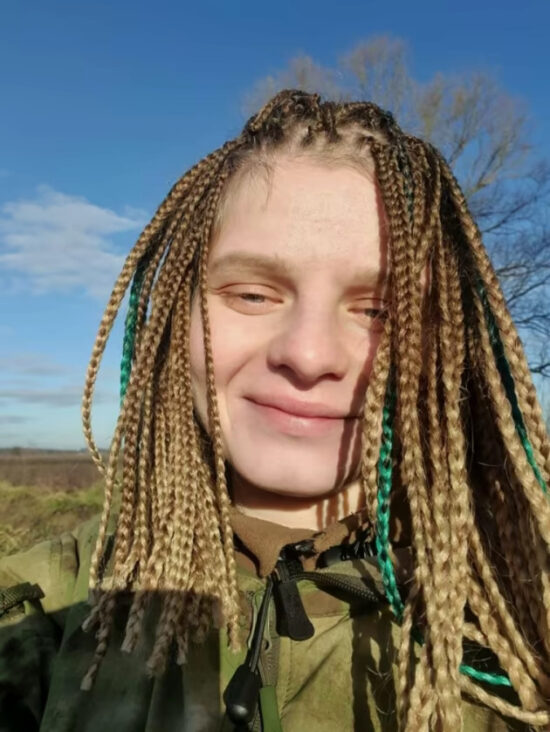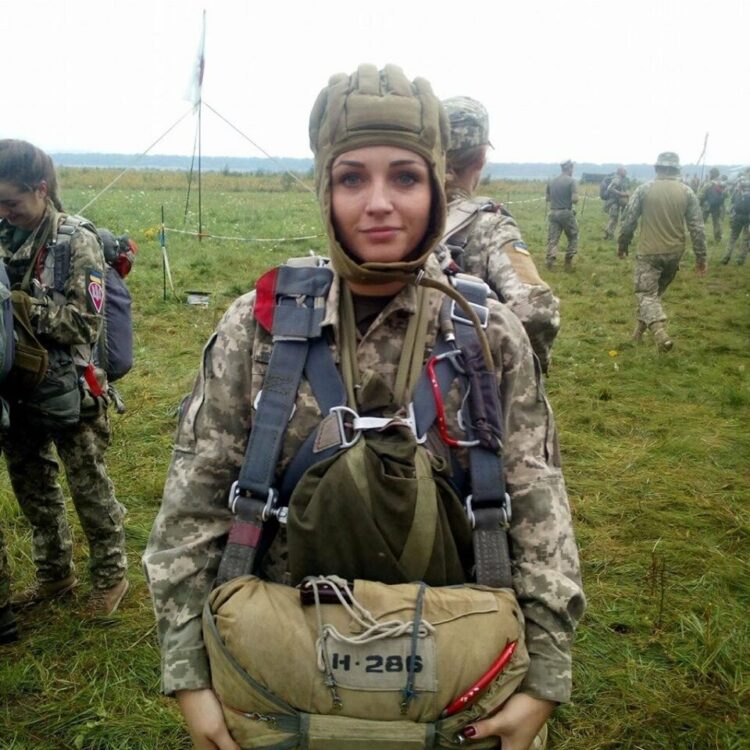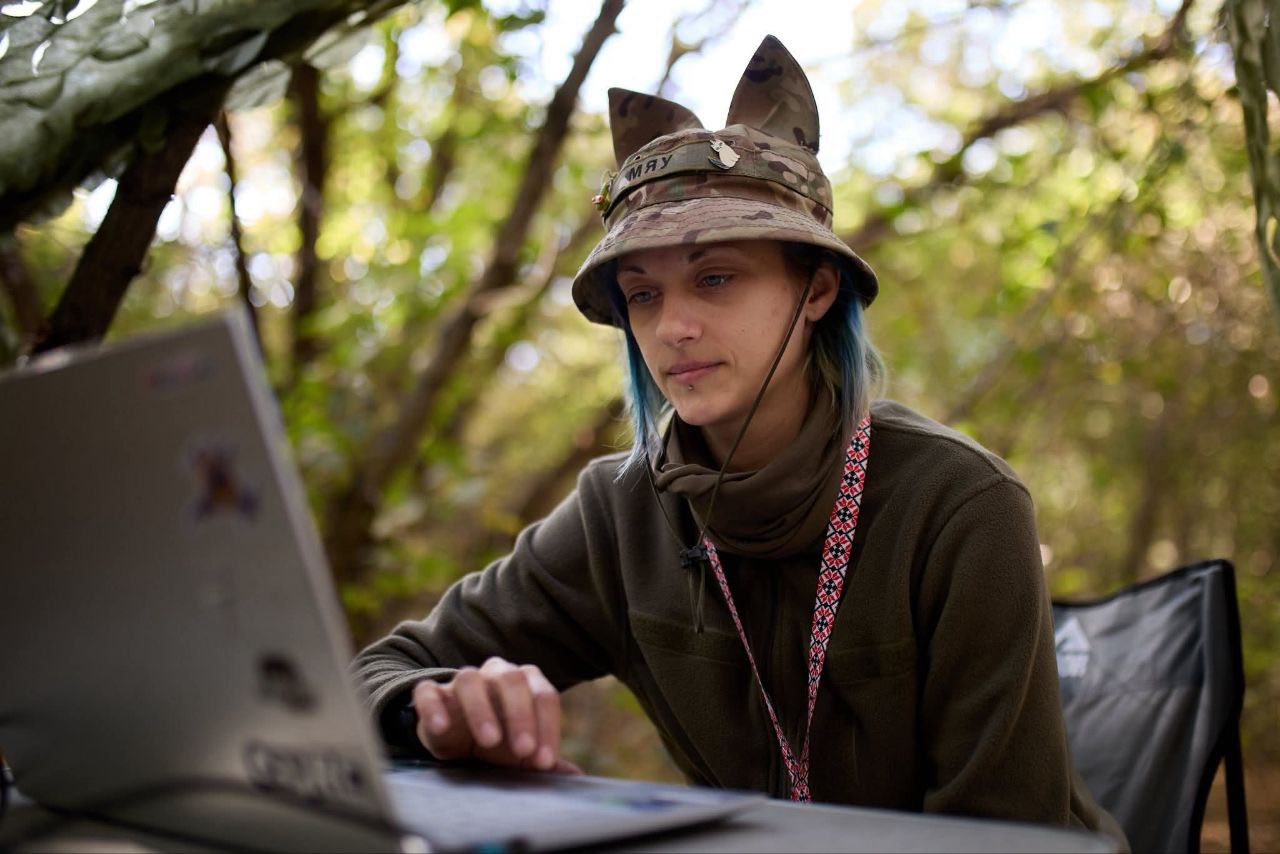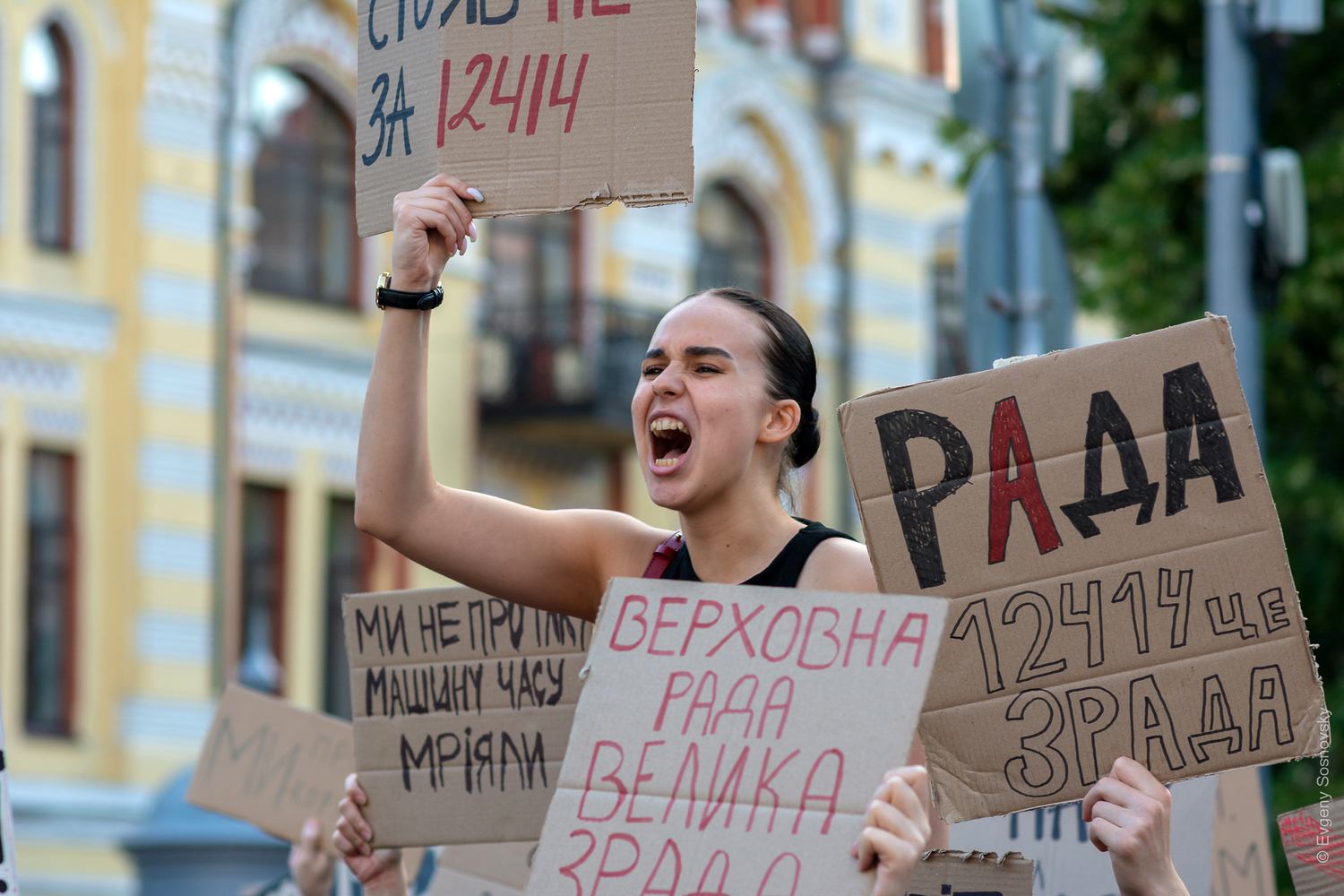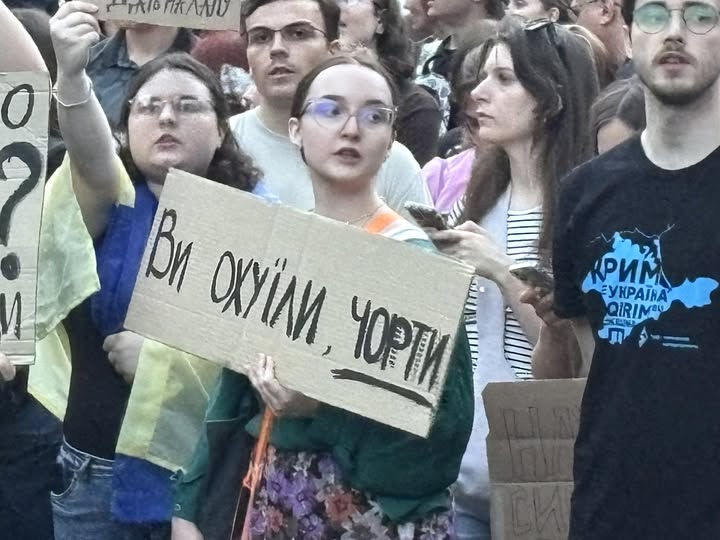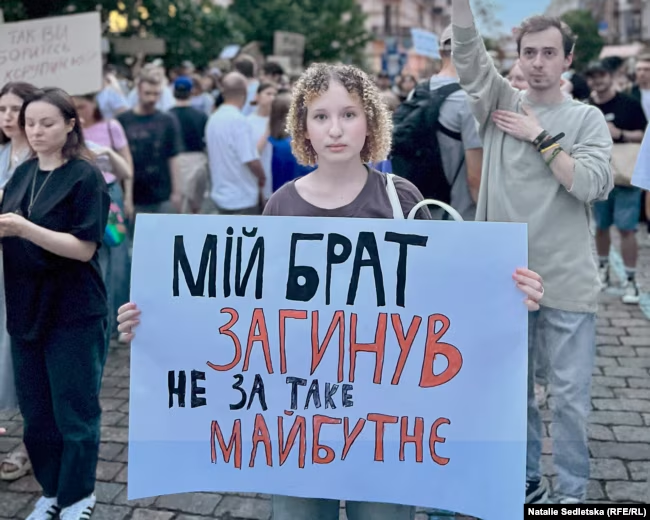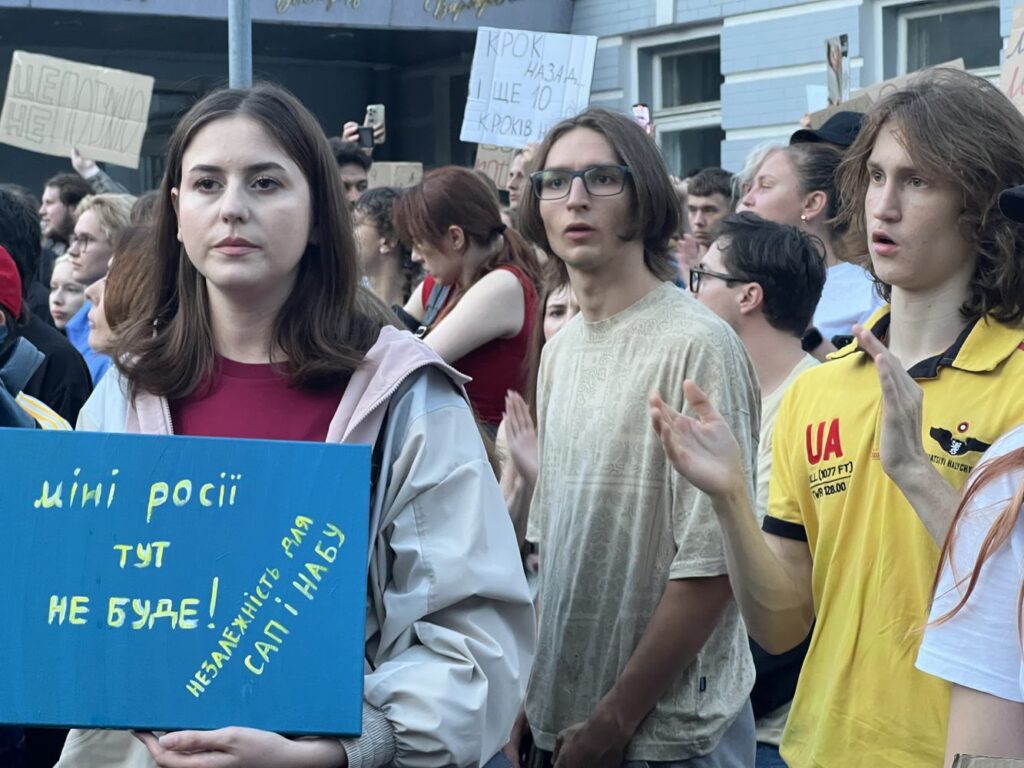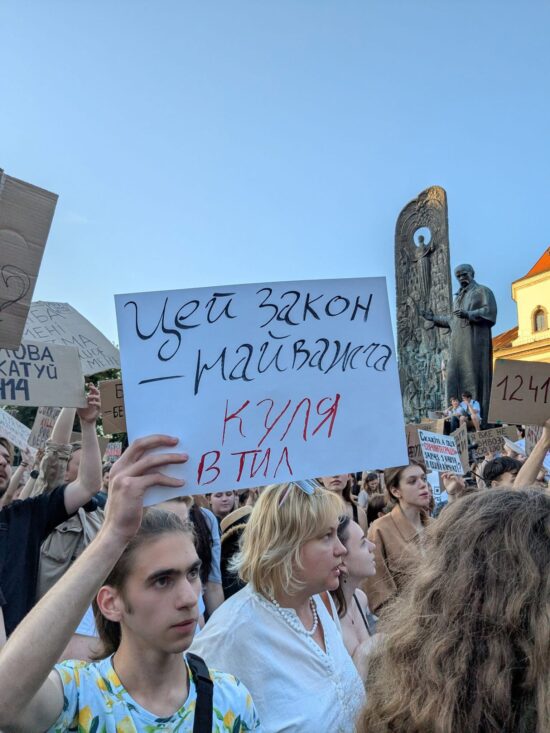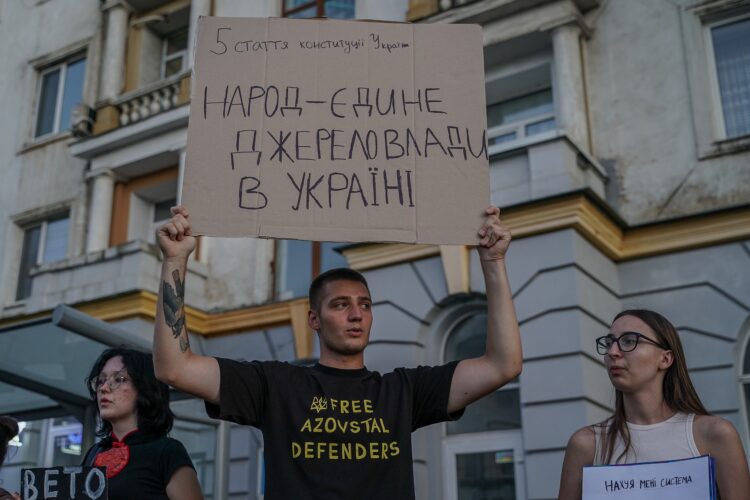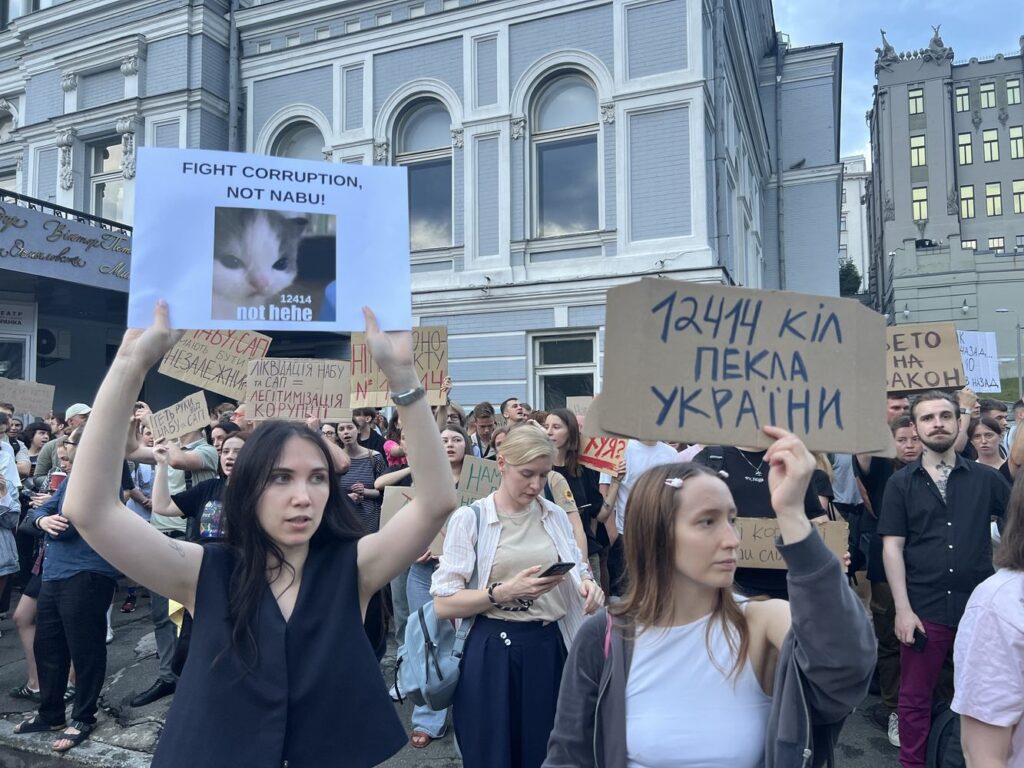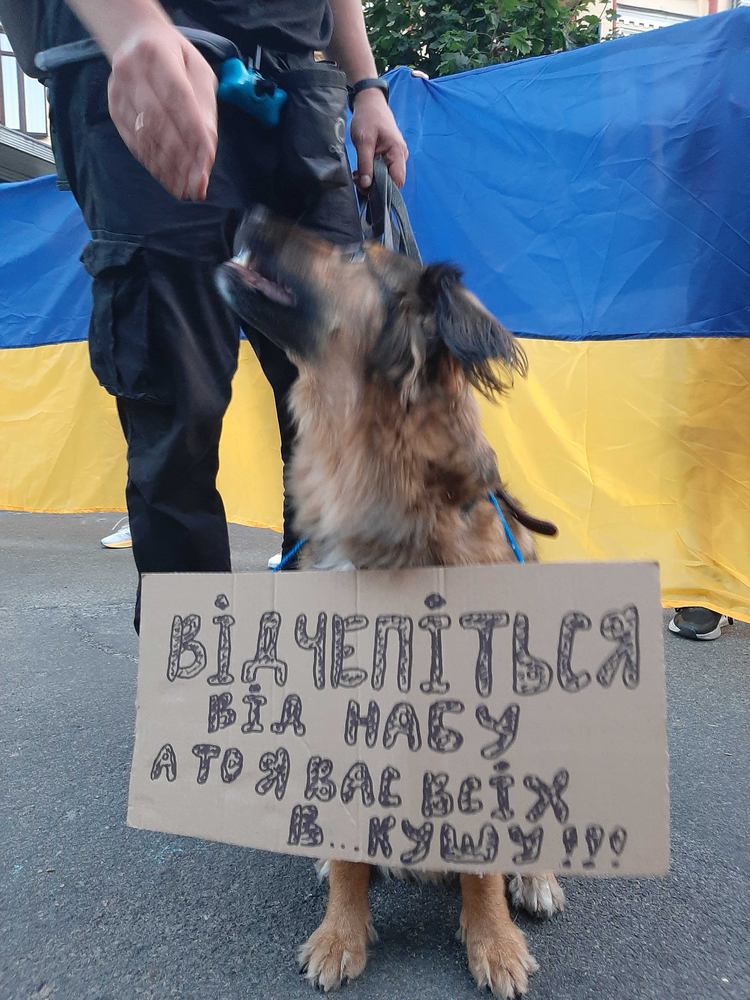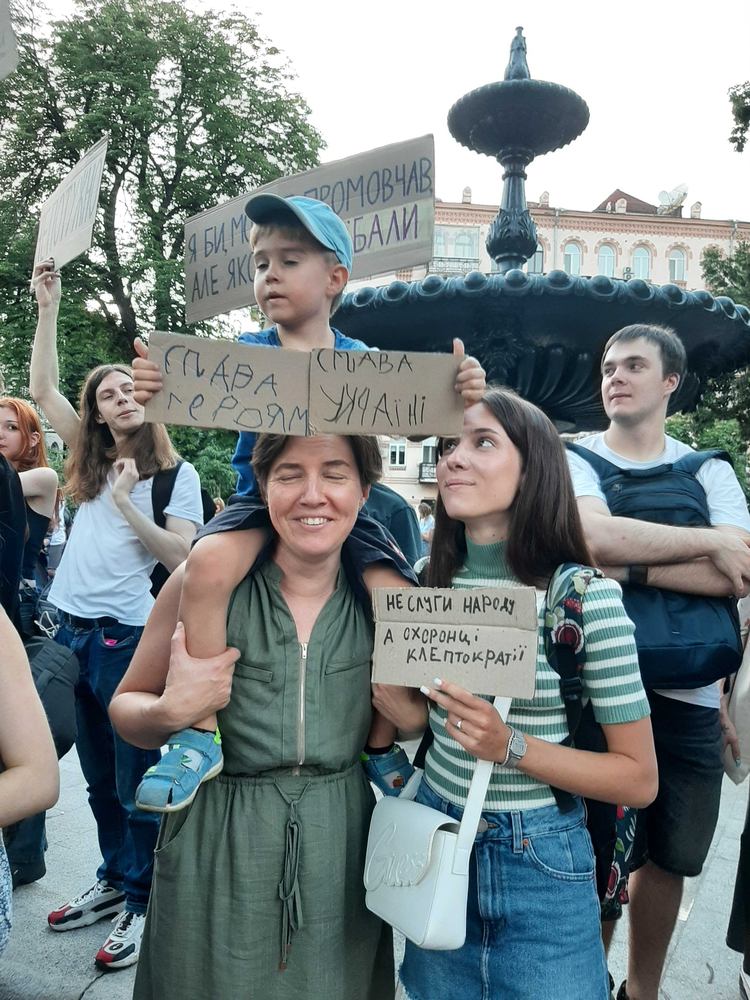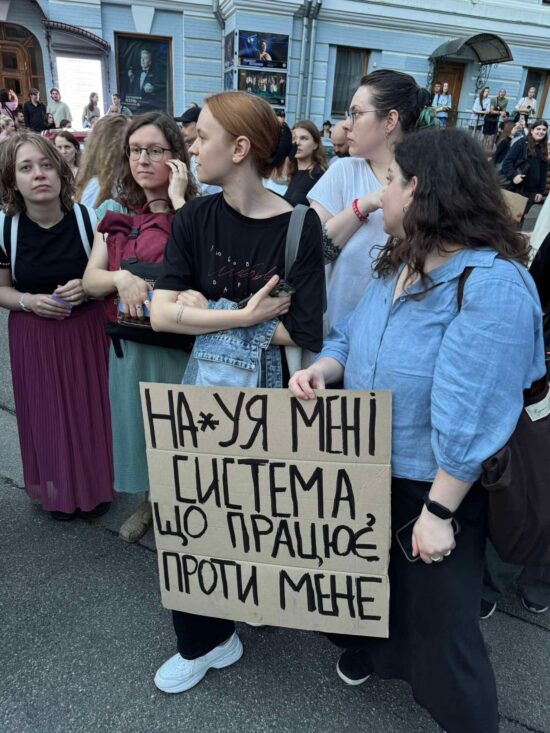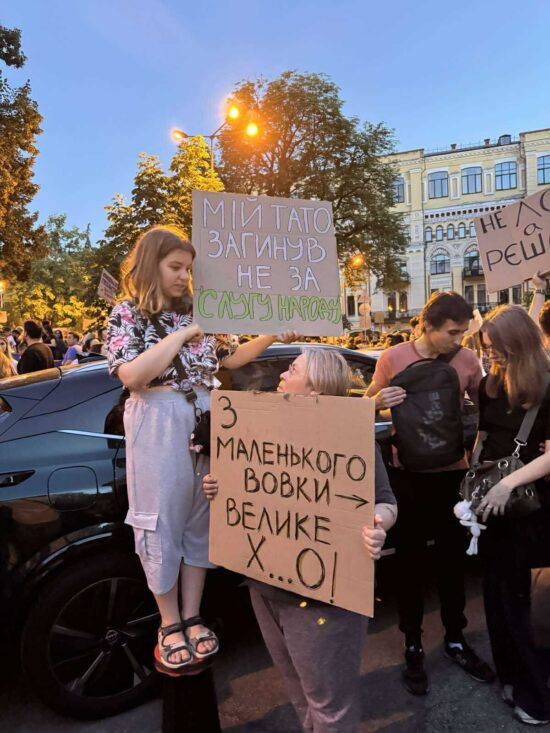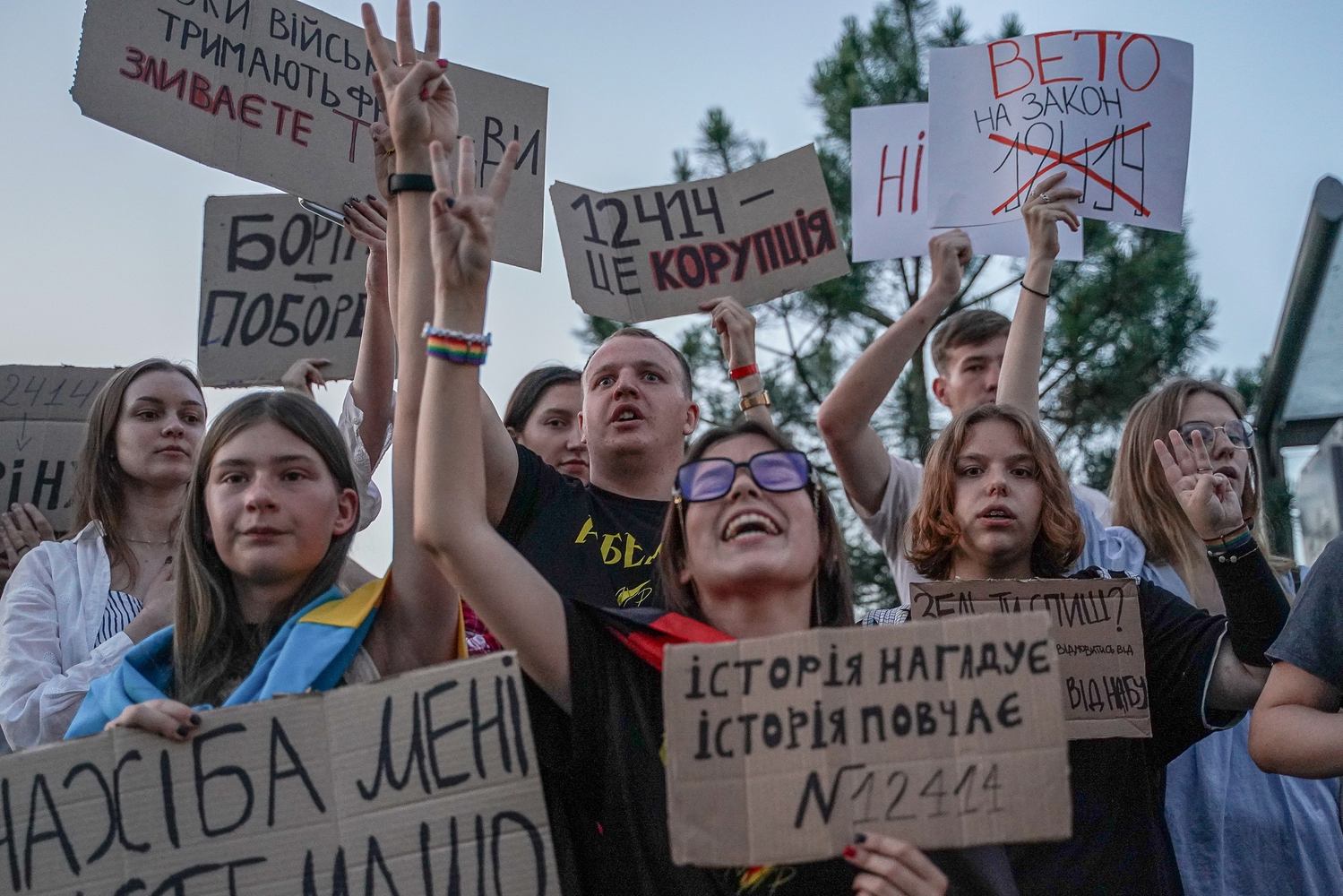Global crowds demand “no new Munich” as Trump-Putin summit excludes Zelenskyy
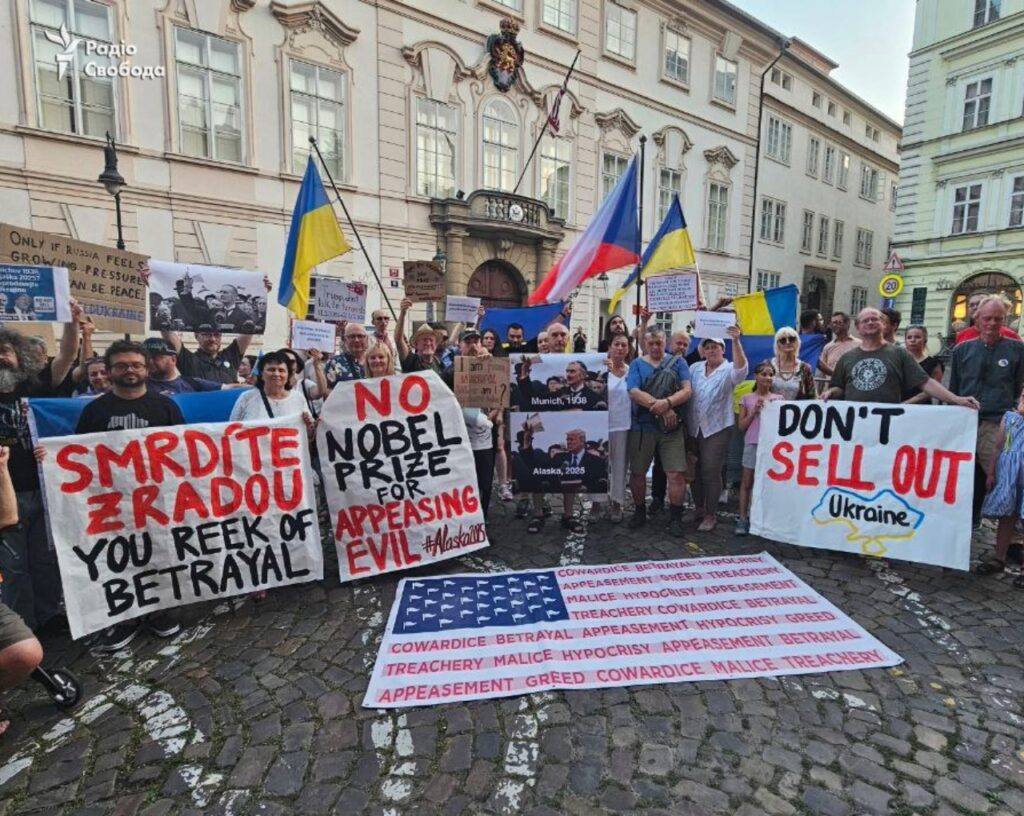
President Donald Trump and Russian President Vladimir Putin are meeting today in Anchorage, Alaska, triggering protests across multiple continents as activists warn against territorial concessions that could reward Russian aggression.
The bilateral summit—Putin’s first visit to US soil in nearly a decade—deliberately excludes Ukrainian President Volodymyr Zelenskyy despite the war being the primary agenda item. Trump has indicated any peace deal will involve “some swapping of territories,” prompting fears of a repeat of 1938’s Munich Agreement.
Global demonstrations reject Ukraine sellout
From Helsinki to Sydney, protesters gathered under banners reading “DON’T SELL OUT UKRAINE” as the Alaska meeting commenced. Finnish demonstrators in Helsinki highlighted the parallels to previous failed appeasement attempts, while crowds in Prague carried signs explicitly referencing “no new Munich.”
“Ahead of the US president’s meeting with war criminal Putin, we call for no new Munichs,” said Vlada Dumenko of the International Center for Ukrainian Victory (ICUV). “Any future peace agreement must comply with international law, including the principles of independence, sovereignty, territorial integrity, and the prohibition of changing borders by force.”
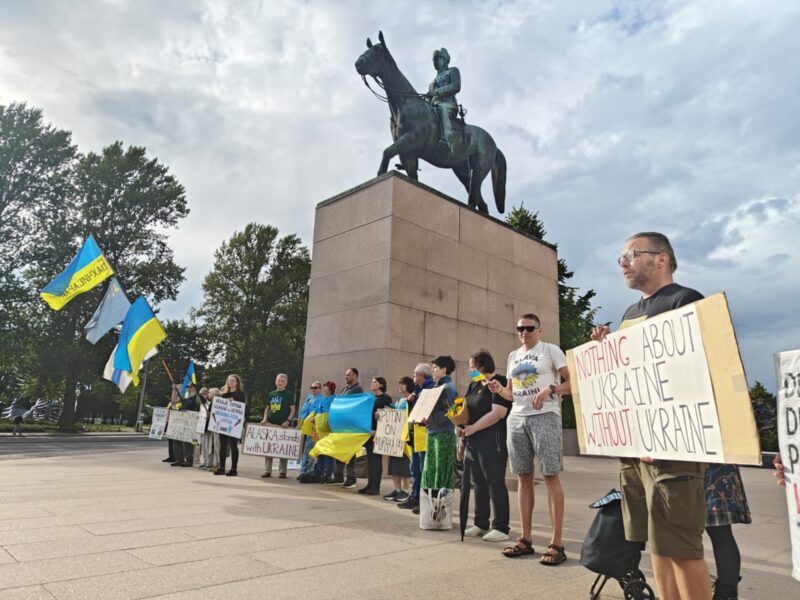
The protests span continents, with demonstrations reported in:
- Helsinki, Finland
- Prague, Czech Republic
- Warsaw, Poland
- Munich, Germany
- Stuttgart, Germany
- Oslo, Norway
- Sydney, Australia
Stakes of the Alaska meeting
Today’s summit represents Trump’s most significant diplomatic gamble since taking office, coming after his August 8 deadline for Putin to agree to a ceasefire passed without Russian compliance. Instead of imposing the threatened “secondary sanctions,” Trump opted for direct talks in Alaska—a location that Kremlin officials called “quite logical” given its proximity to Russia.
Trump has described the meeting as a “feel-out” session to gauge Putin’s willingness to negotiate, but has already signaled openness to territorial exchanges. “We’re going to get some back, and we’re going to get some switched. There’ll be some swapping of territories,” Trump told reporters.
European leaders issued a joint statement over the weekend insisting “the path in Ukraine cannot be decided without Ukraine,” signed by officials from the UK, France, Italy, Germany, Poland, Finland, and the European Commission.
Ukrainian officials warn against concessions
Ukrainian activists fear the bilateral format gives Putin leverage to push for territorial gains while sidelining Ukrainian input. Any territorial concessions would violate Ukraine’s constitution and require parliamentary approval or a national referendum.
“Nothing about Ukraine without Ukraine,” emphasized Hanna Hopko, chair of the National Interests Advocacy Network ANTS. “If the West is unable to counter this growing threat, it will forfeit its position at the heart of the international security architecture and be replaced by the rising authoritarian powers.”
Hopko argued that rather than territorial concessions, the West already possesses the tools to defeat Russia: “With America providing weapons, Europe holding the $190 billion in frozen Russian sovereign assets, and Ukraine’s Operation Spider Web—we already have the tools to defeat Russia and end this war. What’s needed now is the courage to use them.”
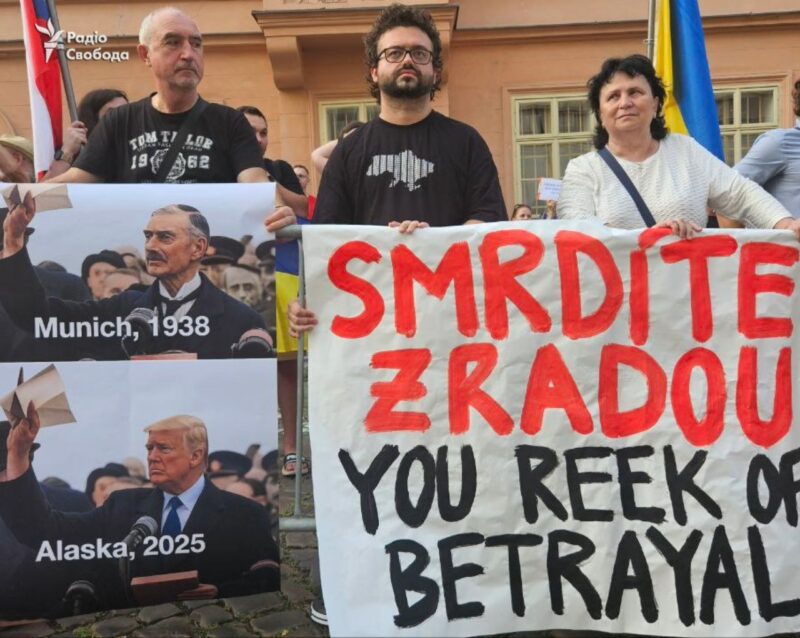
Historical parallels fuel opposition
The 1938 Munich Agreement, where Western leaders allowed Nazi Germany to annex parts of Czechoslovakia in exchange for promises of peace, has become a rallying cry for protesters opposing any Ukrainian territorial concessions to Russia.
“Any retreat from Donetsk or Luhansk is not compromise—it is a strategic disaster,” protesters in Prague declared. “It would give Russia a permanent launching pad for future attacks, just as the 1938 Munich Agreement gave Hitler the green light to devour Europe.”
The Ukraine war, now in its fourth year since Russia’s full-scale invasion began in February 2022, has evolved into what officials describe as a broader contest between democratic and authoritarian powers, with North Korean troops fighting alongside Russian forces and Iranian drones striking Ukrainian cities.
What happens next
White House officials describe today’s meeting as exploratory, with Trump stating he will know “probably in the first two minutes” whether a deal is possible. The president has indicated that successful talks could lead to a follow-up trilateral meeting including Zelenskyy.
However, Putin has shown little willingness to make genuine concessions. Russian forces continue their advance in eastern Ukraine, and Moscow failed to attend previous peace talks in Türkiye despite Ukrainian participation.
As one protester’s sign in Helsinki read: “Today’s leaders must remember that history judges not just intentions, but consequences.”
The summit in Anchorage is expected to conclude this evening, with both leaders potentially making public statements about next steps.
